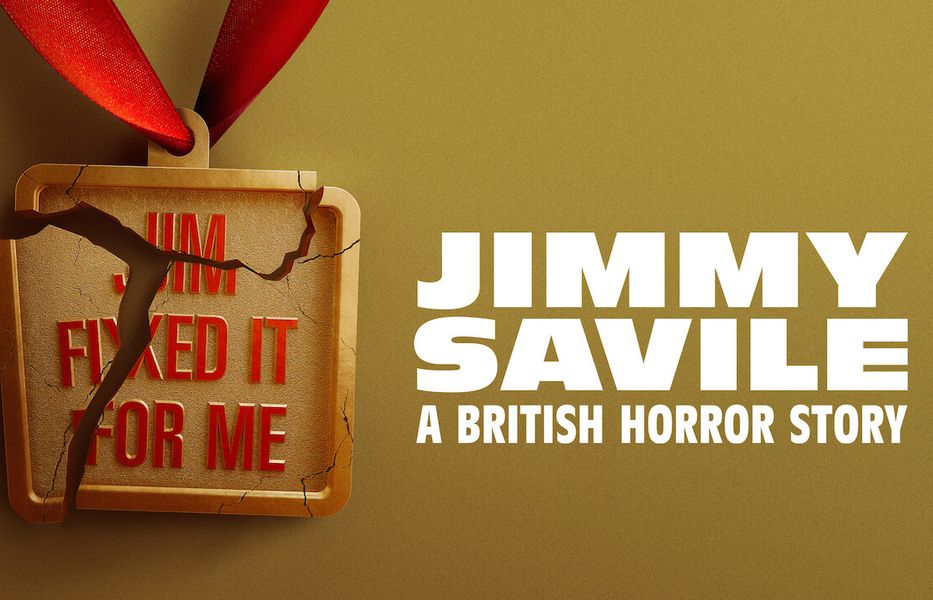Revolutionising the way in which we consume media, the popularisation of the streaming service Netflix forced many changes onto modern entertainment, with one of these being the influx of true crime documentaries that forced stories of murderers and sinister criminals onto the unsuspecting public.
Detailing gruesome murders, scandalous characters and strange disappearances, the most popular of such documentaries thrive in the context of real-life tragedy despite the consequence of resurfacing such trauma for the relatives of the actual victims. The newest of such shows is Jimmy Savile: A British Horror Story, an exploration into the life of one of Britain’s most notorious peadophiles and sexual abusers who manipulated national culture in the late 20th century.
Suffering from the same sins as the likes of Conversations with a Killer: The John Wayne Gacy Tapes and The Ripper, such series work to simply glorify the killer and immortalise their memory instead of shining a profound, interesting angle on their unforgivable legacy.
The problem is, often, though admittedly not always, those that commit such egregious acts of violence and evil are doing so to crave attention in whatever shape or form. Such Netflix shows offer those who crave such a public presence, the necessary media platform for them to become an antihero, with names emblazoned alongside catchy taglines and titles that name them ‘the most evil man in Britain’ or ‘the most shocking murderer of all time’, gifting them a legacy for their name to cling ahold of.
The crimes of Jimmy Savile still feels like a fresh bruise on the conscience of the British nation, so quite why Netflix felt the need to apply pressure to the fragile piece of history and risk further trauma for the affected victims is unknown. On the whole, the show does very little to glean new light on the case, simply reiterating the disturbing facts of Savile’s disgraceful acts, creating a bizarre digital ode to his memory in the process.
Stories of this ilk all too often rely on the gruesome nature of their concerned cases rather than trying to access a more profound truth at the centre of a human story, with the Savile documentary touching, if only for a moment, on a fascinating aspect that makes the the whole documentary seem like a missed opportunity.
Watching the documentary is no easy task, with the content of the documentary illustrating the TV star’s rise to power and maintenance of his position in the media despite such whispers of his abhorrent activity. Lording the power that he gained over those who had none, the presenter was allowed to sexually abuse hundreds of minors without the intervention of TV executives and others who could have a very good guess about what the criminal was getting up to.
Power is the idea at the crux of the documentary, and there’s no coincidence that the reign of this hidden peadophile in the public eye would come to an end at the turn of the new century, upon the advent of social media.
For all its issues and foibles, of which there are countless, social media has connected the world, offering a network of individuals from across the world, each appearing behind faceless usernames who each hold the very same level of social respect. Two such internet platforms, Fan Story and Friends Reunited provide the final pieces of the puzzle for investigative journalist Meirion Jones, with the noble reporter linking stories from first-hand accounts across the web.
Where, throughout the 1970s and beyond, Savile had repressed such voices with threats of physical violence and personal ridicule, the 21st century invention of social media permitted a space where anyone who wanted a platform could have one. Providing a safe space to facilitate difficult conversations, social media has long allowed a more diverse range of opinions and ideas to thrive, for better and for worse.
It’s a shame that the most interesting part of this story feels tacked onto the end of the final part of the mini-series, limited to a ten minute slot whilst the disgusting public details of the presenters crimes were, once again, needlessly reiterated.
